Completed in March 2021, the pioneering ‘No Child Left Behind’ programme set out to pilot the closure of two orphanages for children with disabilities in Rwanda. The success of the project has shown how it is possible for all children to leave institutions for the warmth and security of families, once they have the right support.
Here, Innocent Habimfura, Hope and Homes for Children’s Regional Director for East and Southern Africa, looks back on an extraordinary journey to lay the foundations for inclusive childcare reform in Rwanda and beyond.
“Urabona ko abana bamerewe neza rwose. Barishimye” was a phrase I heard, repeated word for word, during the course of our three-year project to move children with disabilities from orphanages to families in Rwanda. In English this means, “It is clear for us to see how the children are doing great.” One time, I heard this from a high level official, visiting children who had returned to their families or joined foster families. Another time, an orphanage manager made the same observation with exactly the same words. Hearing those beautiful words repeated, brought back happy memories of childhood songs to me. I felt a sudden calmness in my soul, realising how much our three-year project had improved the lives of these children. Now they were thriving and developing in every way, at home in families, where they belonged.
“We simply need to recognise that the family has its own magic.”
I remember clearly, sitting and talking with the official, after visiting three children who were now living with families, after years in the orphanage in Gatsibo district. He was so surprised and impressed by the progress they’d made. The same thing happened a year later, when the nuns who ran the second pilot orphanage near Kigali, together with representatives from government agencies that were supporting the closures, came with us to visit the children who had so far been placed in families. I could see their unanimous agreement that this was the right choice for the children because they were all nodding silently in unison as they watched these children with their parents and siblings.
It’s impossible to list all the different ingredients that bring about this change, when a child returns to a family from an orphanage. We simply need to recognise that the family has its own magic.
The impossible became possible.
‘No Child Left Behind’ was more than a project, an activity, a deliverable; it became a change-making agent to transform the lives of children with disabilities, those living in institutions in particular. The pilot closures of institutions for children with disabilities and the transformation of those facilities into inclusive community hubs, has provided a model that is already informing the development of inclusive child protection systems in Rwanda and elsewhere. As one contributor to the conference that marked the end of the project put it, through ‘No Child Left Behind’ “the impossible became possible.”
Despite the best intentions of the orphanage manager and a small number of untrained staff, opportunities for the children to develop and thrive were non-existent.
Previous closure projects had provided sufficient evidence to our teams that it was urgent and important to support children with disabilities also, to leave orphanages and live in families. But convincing other stakeholders that this pilot project was necessary was very challenging. Our plan was clear. We needed to carry out two professional pilot closures, one in a rural area and the other in an urban setting, to inform future national plans for deinstitutionalisation.
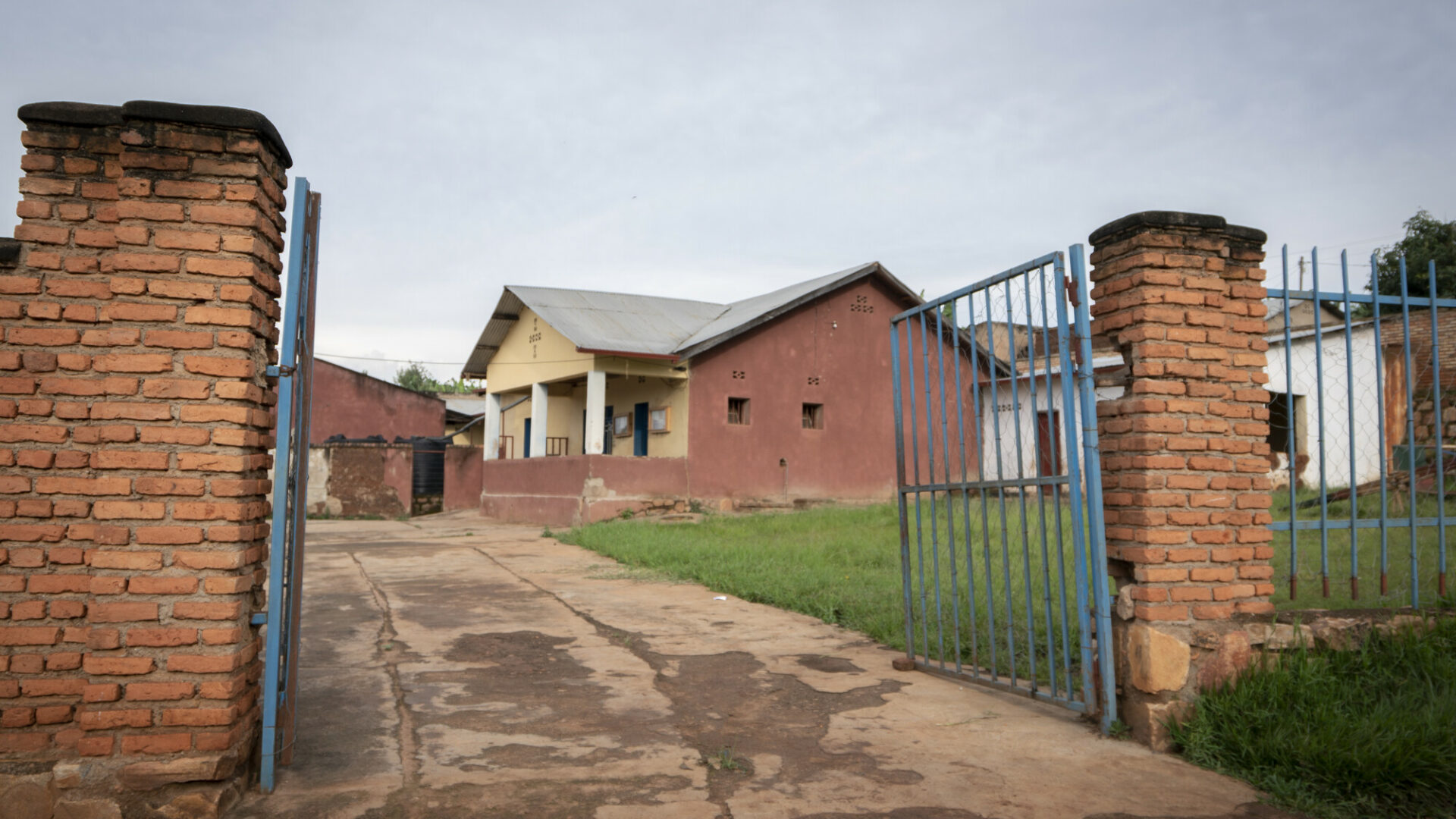
Mama Kiki’s in Gatsibo district was the first orphanage targeted for closure.
Which orphanage to close?
As we began assessing potential institutions, officials from Gatsibo, a rural district in Rwanda’s Eastern Province took the first step. They were already committed to becoming a district free of orphanages and, working with the National Commission for Children, we had already succeeded in closing three institutions in the area. With the district’s support, we began working with the children, staff, families and wider community of the Wikwiheba Mwana institution, known locally as Mama Kiki’s. There were 19 children and seven young adults with a wide range of physical and learning disabilities, living together in poor conditions in this isolated facility. Despite the best intentions of the manager and a small number of untrained staff, opportunities for the children to develop and thrive were non-existent.
We made quick progress because Mama Kiki herself, the woman who had helped to set up and run the orphanage, was so positive and supportive about the change.
We carried out rigorous case-management to assess the children and young adults there and find the right alternative to the orphanage for each of them. Closing orphanages in this way cannot be rushed but, in this instance, we made relatively quick progress. This was largely because Mama Kiki herself, the woman who had helped to set up and run the orphanage, was so positive and supportive about the change. She had established the facility together with a group of other parents who were struggling to care for children with disabilities without the support they needed.
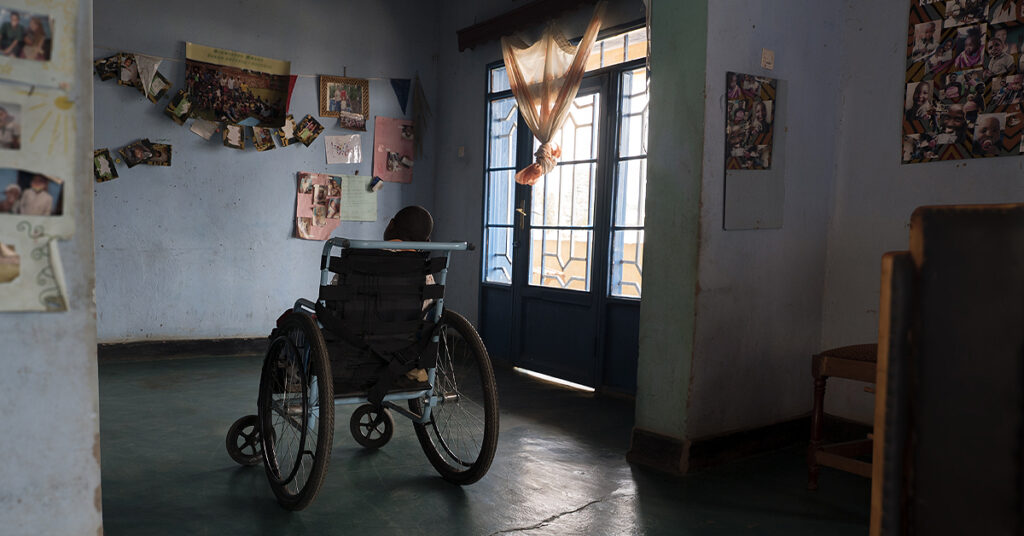
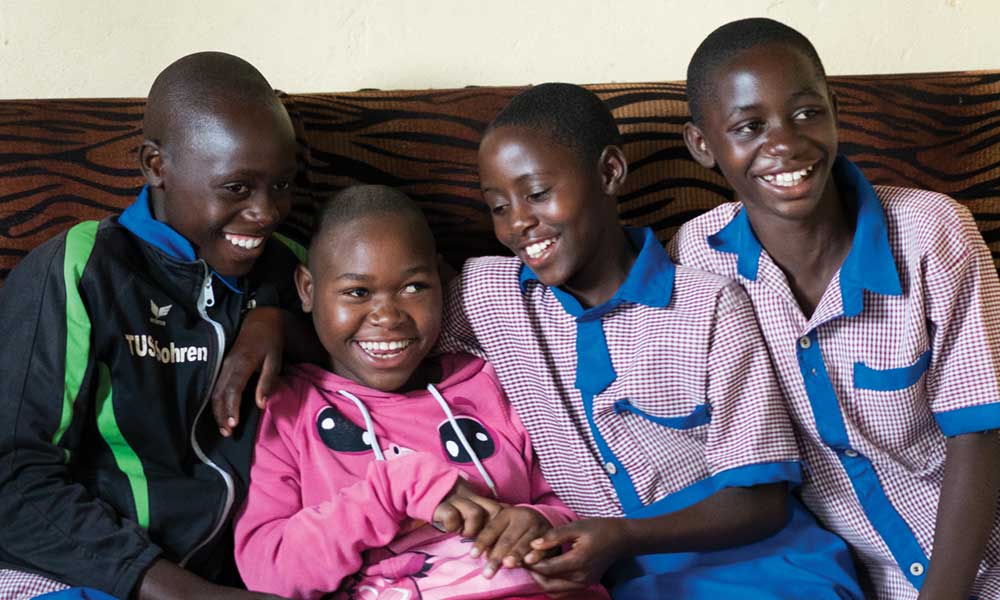
Cary had lived in the orphanage for years because her family could not care for her at home. She was desperate to be reunited with her mum and her brothers and sisters. By working with her family to address their concerns and provide the training and resources they needed, Cary became one of the first to leave the orphanage and return home.
Closing the first orphanage
After 15 months, on 19 November 2019, the 30th anniversary of the United Nations Convention on the Rights of the Child, the last two children left the Wikwiheba Mwana orphanage and the facility was closed. Straight away, work began to transform the buildings on the orphanage site into an inclusive community centre.
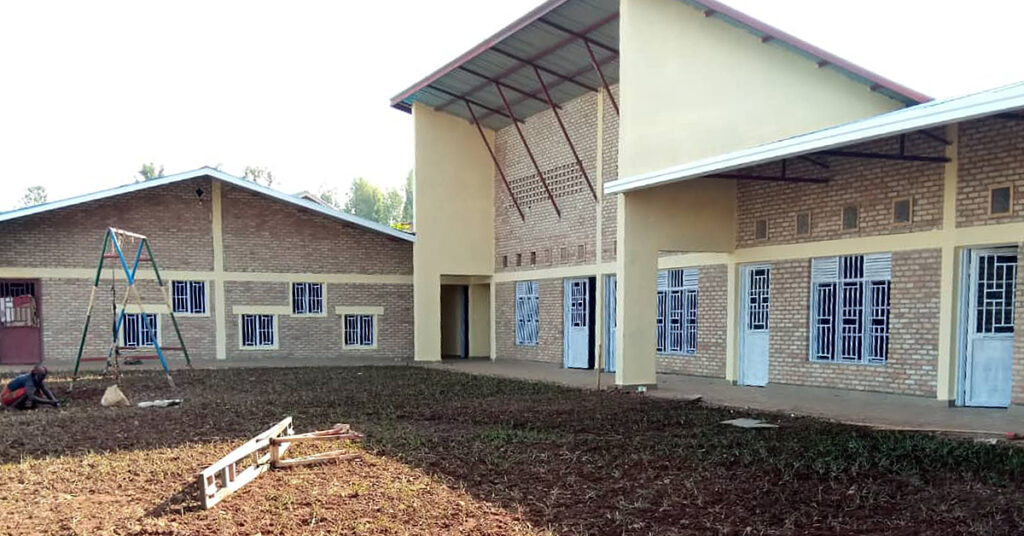
Closing an orphanage for children with disabilities in this way for the first time was a great achievement. When we took our partners and stakeholders to visit reunited families, everyone was impressed by the positive change, the progress made by the children when they realised they are back where they belong and by the implementation of well-designed care plans for each child. This raised a high interest and a feeling of emergency among those involved, to rescue all children remaining in institutions in Rwanda.
By coincidence, on the day the last two children left the orphanage in Gatsibo, the very first child began her new life beyond the gates of the Centre Incuti Zacu (CiZ) orphanage in the Rwandan capital, Kigali.
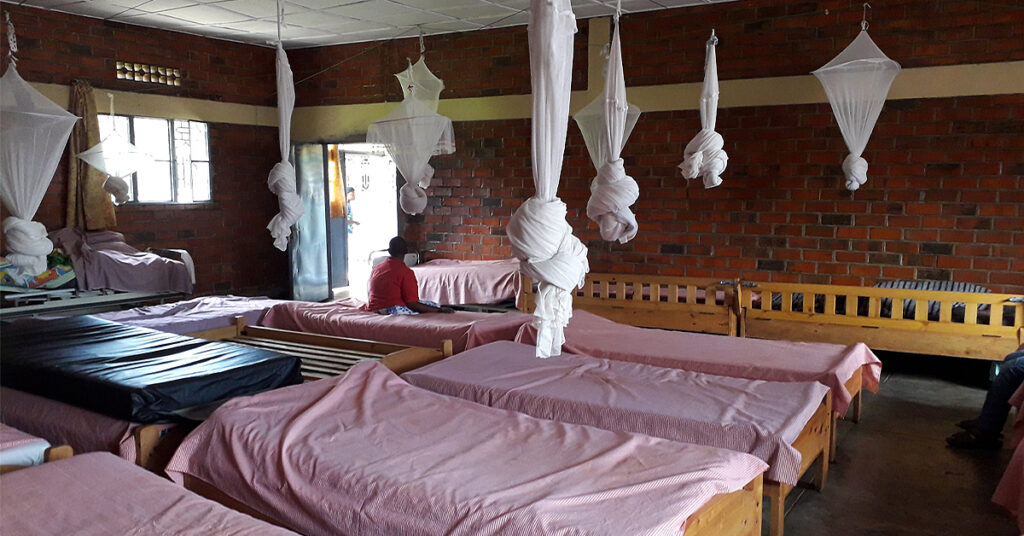
Closing orphanage number two
The choice of this second target closure was motivated by its location in the city but also its status as a well-known institution for children with disabilities. Closing CiZ meant a lot; in the course of the closure programme, children, parents, communities, church leaders, the media and the institutions’ many supporters would all be educated to protect and respect the rights of children with disabilities to be seen as individuals and to live in the love of a family.
Unsurprisingly, there was stiff resistance at the start but gradually the nuns who ran the orphanage became our allies.
The time spent on engagement and trust-building was not in vain. As the project progressed, it was so encouraging to see the sisters voluntarily begin to attend regular joint meetings with partners, take part in field activities and case management to improve the wellbeing of children in families and help to increase trust and reduce resistance among other stakeholders. And when it came to overcoming opposition, it is crucial to acknowledge the vital importance of the well-established and high-functioning partnership between Hope and Homes for Children, and the government agencies, the National Council of Persons with Disability (NCPD) and the National Child Development Agency. The role of NCPD was especially significant, through its existing relationships with, and coordinating function for all institutions for persons with disabilities Rwanda.
“The plan to transform the institution into an inclusive community centre was also welcomed with excitement”
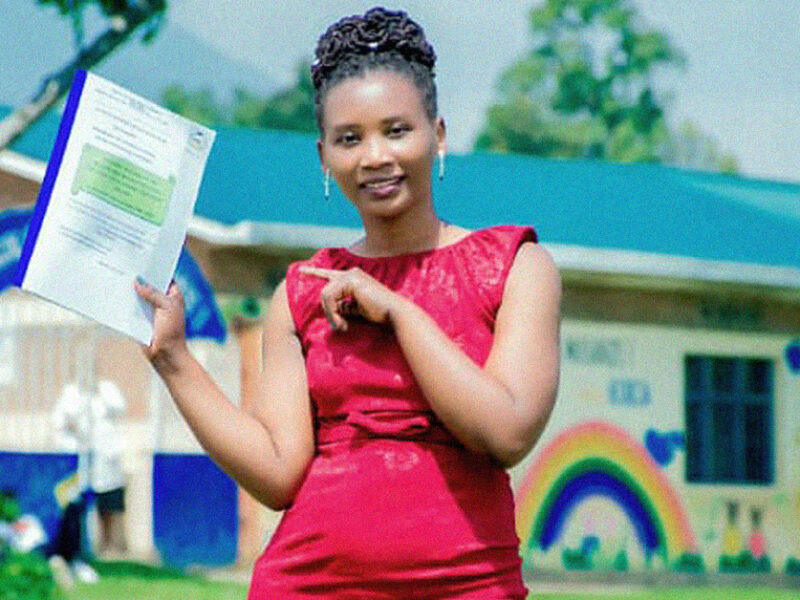
The very first person to leave CiZ was a young woman called Lorette who had spent much of her life so far, trapped in the institution after she lost the lower part of one leg following an accident as a child. With the right support at last, she was able to fulfil her dream to leave the orphanage, reconnect with her family and study at university. In early 2021, she graduated with a degree in Applied Economics and is now beginning an independent life of her own.
Establishing new services to support the community
As the work of transitioning children and young adults from the orphanage into families and communities progressed, the plan to transform the institution into an inclusive community centre was also welcomed with excitement by all the stakeholders.
By establishing early child development (ECD) services and specialist services for children and young people with disabilities, we could support parents and other relatives to care for their children at home and still be able to work to provide for their families. With early detection of disabilities, children will receive timely support to overcome barriers and develop independent living skills. This model for an inclusive community centre will be replicated in other communities to ensure children with disabilities receive high quality support services in their own neighbourhoods, instead of being removed from their communities with false promises of access to specialist services in an institution. Commenting on the success of the ‘No Child Left Behind’ programme, the Minister in charge of social affairs rightly said, “We can’t talk about caring for people without observing their rights.”
Providing day care, early child development and other services through community hubs in the places where orphanages once stood, symbolises a lot; a paradigm shift from offering inadequate, unnecessary and harmful care for children to the provision of life changing, respectful and dignifying services, provided with a clear mission to help children stay with their families.
83% of children were reintegrated with their families. But what about the 17% for whom it was either not possible or not appropriate to return home?
Deinstitutionalisation has been simplified to mean reintegration programs, which call for the reunification of children with their original families. This still makes sense as the majority of children in institutions have at least one living parent or other close relative. And from both the pilot closures of institutions for children with disabilities, 83% of children were reintegrated with their families. But what about the 17% for whom it was either not possible or not appropriate to return home?
‘No Child Left Behind’ was conceived to develop a set of family-based care alternatives to meet the needs of each individual child and this included foster care, guardianship, domestic adoption, and for older teenagers and young adults, support to begin living independently.
In the course of the programme, over 465 foster carers, including 271 who are ready to open their hearts and homes to children with disabilities, were identified, selected and trained to welcome children in need of alternative care. Together, they constitute a powerful community-based resource, to prevent families having to rely on institutional care, with all its negative effects on child development and wellbeing.
Children and persons with disabilities continue to be the subject of stigmatisation and discrimination
Attending peer to peer groups’ discussions in the communities around the orphanages, confirmed to our team that some children and persons with disabilities continue to be the subject of stigmatisation and discrimination. These community-based groups—not limited to the parents of children with disabilities—include lending and saving groups and nutrition groups. They provide a safe place for members to share challenges and constructive testimonies. In our meetings we request group members to not hide their children with disabilities, to not lock them up when they have to work, which can lead to extreme neglect, a group member shared.
Disability and poverty are interlinked. Without tailored family support the situation for children in vulnerable families will worsen. As if this was not enough, the Coronavirus pandemic came to make the living conditions of families of children with disabilities even tougher. Providing direct support through our Active Family Support model has allowed us to mitigate the shock for many. We have supported children to access specialised medical treatments, backed some families to start small businesses to increase their income and supported others to renovate their homes and improve living conditions for their children. One mother told me repeatedly, drying her tears, “to be honest, we were considering our child as a burden, a problem. Now with all the advice and support we have received, this same child has become a blessing to all of us.”
The question we are asked now has changed from ‘Why do you close institutions?’ to ‘How can we close them?’
We are confident that the partnership established around ‘No Child Left Behind’, with the government taking full ownership of all the services developed, will have a positive and lasting impact on the lives of children. The research and practice models that were documented in the course of the programme, give us strong reason to believe that this three-year project has laid strong foundations for inclusive child protection and care reform in Rwanda. This in turn will serve as a reference for other countries with the political will to reform their child protection and care systems.
It is so rewarding that the question we are asked now has changed from “Why do you close institutions?” to “How can we close them?” What can be done to support children in families, to prevent their institutionalisation?
Although some critical issues of children with disabilities were addressed during the implementation of this project, we cannot say that all concerns were addressed. There is still much to be done but we feel confident that a great deal has been learned that will unlock future efforts to prioritise the wellbeing of children with disabilities, to ensure they receive the right support to thrive within families and inclusive communities.
All children need families, never orphanages. The institutionalisation of children is neither necessary nor acceptable and it should be avoided. When families have the right support, they make the greatest positive impact in the lives of children.


